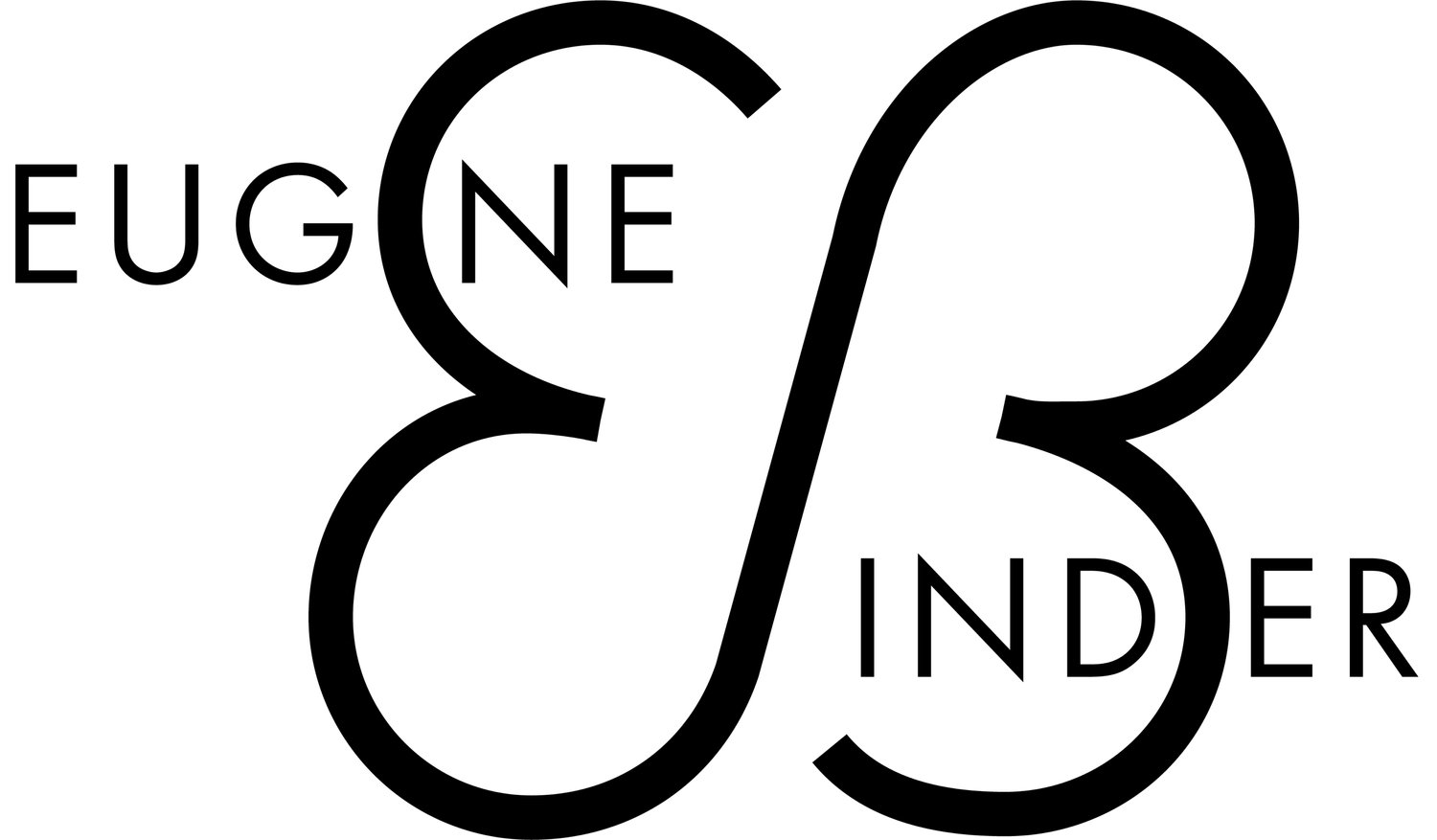new work
RAYCHAEL STINE•LIZ TROSPER•JOHN POMARA
Raychael Stine’s paintings are the latest examples in her vision series, of predominantly abstract works that the artist has been making for several years. While the paintings are immediately appealing because their painterly surfaces and vivid color, they have a mysterious quality that is compelling, but not easily assimilated. Strategically placed, heavily impastoed brush strokes float in an atmospheric realm, the physicality of their existence made plausible with shadow, created from an unseen, undefined light source, emanating from somewhere within the composition. Initially, the brush strokes appear to be applied at random, however, the shadows in the background validate their existence as vital entities that seem to hover above the surface of the picture plane. The loosely painted borders around the perimeter of her paintings open up and magnify the compositional entities that hold the center of her compositions as if a curtain is opened revealing a tableau of visual activity. The confidently painted abstract passages often share their environment with unexpected trompe loeil elements such as images of tears and droplets, flowers and flower petals. While it seems that the juxtaposition of the heavily painted areas of the composition might be at odds with the hyper-realistically painted elements, they in fact coexist in the peaceful, external world that the artist has created for them. There is of course a sustaining realm where the abstract and representational entities are animated in an underlying visual vocabulary the artist has developed, the iconography of situational representation, a portal to the artist’s personal experiences, her relationship with her dogs for example, paying homage to canines in her life, from the past, present, and perhaps future. Ms Stines vision paintings place the viewer as an observer and participant in what seems to be a constantly moving target in the transitional worlds within her compositions. Like an elusive quarry, remaining slightly out of range of exacting description and categorization, while retaining integrity and an admiration of an entity that defies being captured.
Thick skeins of polychromed medium flow from the surface of Liz Trosper's works in a torrent of color and movement, seemingly in a momentary stasis. The immediacy of the three-dimensional elements is heightened as they are visually pushed from the undulating surface of atmospheric fluidity that creates a quasi-reflective backspace. The backspace grounds the composition, while simultaneously mirroring the physicality of its three-dimensional counterparts.
Rather than serving as a decorative presentation, the simple white frames with plexiglass glazing become a device of necessity ready to contain the tumultuous energy sealed within.
Embracing the beauty of seemingly random imperfection, John Pomara approaches the occurrence of spontaneity in this series of paintings titled “Pool Party,” by attempting to remain discretely at a distance. He initially sets up a situation that becomes the catalyst for unlikely combinations of oil paint and other additives to react with one another. Pomara effectively creates a visual record of these elective affinities and their antithesis as the fluid properties of the paint repel or attract other elements that he adds. As these episodic reactions occur, the unpredictable activity is mediated to a great degree by the artist’s observation of the entropic aspect of this process. Pomara allows the initial liquidity of this viscous amalgamation to begin solidifying, or to become more fluid, or to be broken down with additives, or to be otherwise “influenced,” creating a myriad of other possibilities.
The artist’s exploration of these subsequent possibilities propels the painting in amazing and unpredictable directions. The abandonment of formal aspects of composition becomes exceedingly helpful in the continuation of this flowing imagery. Remaining in flux, the chemical properties of the various mediums persist in their attraction or aversion to one another. It is as if Pomara were both sorcerer, and apprentice, allowing his “laboratory” to be inundated with wildly out of control colors, surfaces, and improbable combinations that lead to a labyrinth of never-ending variations. Suddenly the magic wand is waved and the frenzied activity is immediately quieted, giving way to these extraordinarily captivating paintings, imbued with otherworldly imagery that expands the viewer’s imagination and now remains as immutable evidence of the artist's vision.



